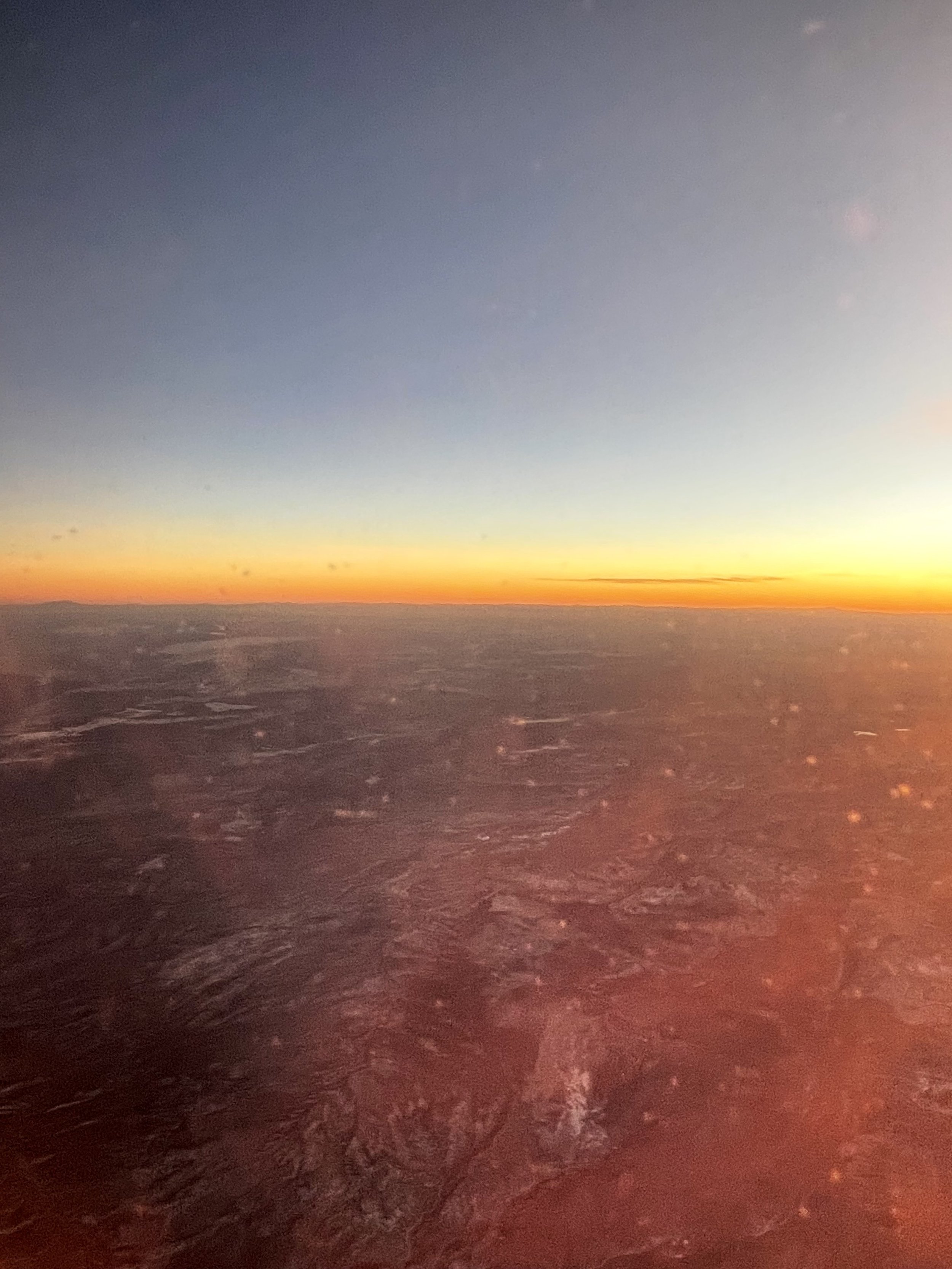Finding the Northern Lights
DISCLAIMER: Before reading on, you must know that if you would like to share the article, you are always welcome to, besides that, any more photos of the aurora that I took will be put in the “Space At Home” tab under “Astronomy Department”. Anyways, have fun!
The Aurora Borealis, or more commonly known as the Northern Lights, is a naturally occurring phenomenon in which bright lights with varying intensities appear in the northern Hemisphere. These lights happen due to charged solar particles that interact with Earth’s upper atmosphere. Upon collision, you may be able to see the beautiful aurora we have all come to know and love. The brightness of the light is dependent on the amount of particles that collide with the atmosphere. I was lucky enough to be given a chance to see them myself, so the information from here on out will be from a personal experience.
The trip to see the Northern Lights began with a flight to Fairbanks, Alaska. We took 3 flights and I managed to take a few photos along the way. The first one is a picture of Austin and the rest are during the evening on out second flight.
Austin in the Afternoon
After landing in Fairbanks, it is only a two hour drive to the nearest site, Delta Junction. Delta Junction is a small town which is only a few minutes away from the lodge we stayed at. Here is where we learned many new things about both the aurora and Alaska. In order to proceed you must know a few things. First of all, the aurora only appears at certain times after daylight, usually more common after 10 PM and before 3 AM. Secondly, in person, the aurora does not appear as the vibrant green color that it is in pictures. When seeing the Northern Lights in person, the lights will appear a grayish color. In order to capture the true color of the aurora, you must set up your camera in a way that allows you to keep the shutter open for at least 10 seconds or 30 at best. More information may be provided in a separate article if needed, but this will suffice in order to continue.
Delta Junction was an unlucky landing as during that specific night there seemed to be almost no activity in the sky as I only managed to capture the aurora a few times and even then it didn’t appear as green as I would’ve liked it to. The images displayed were the results of the first attempt at chasing the Northern Lights. I apologize for the bad image quality.
Although you can see the green tint in the clouds as seen above, it’s fair to say that this was somewhat of a disappointment. However, with a stroke of luck, we were given another chance to view them due to a flight cancellation. The excursion to see the aurora was more professional than the Delta Junction trip we took prior. Around 10 to 15 other people joined us on our trip to drive all the way to the Arctic Circle, a line of latitude that wraps around what could be considered the start of the Arctic Region. The plan was that after visiting the Arctic Circle, we would drive to a lodge and stay there from 10 PM to 3 AM (the recommended time period). In the first 5 seconds after stepping outside the bus, we immediately saw the Northern Lights. These pictures below are the first pictures of many in the 6 hours of observing time we had.
Best photo in the collection.
Keep in mind that a photo like this took around 30 seconds of holding the camera still to capture as much light as you can. After this, I was able to get a phone stand which allows the shutter opening time to go from 10 seconds to 30 seconds allowing significantly more light to enter the shutter. There is nothing to say about these following photos other than, “it’s safe to say that this was a redemption.” As a special treat, I tried to pose in front of the aurora.
First photo captured of the sudden aurora burst.
I also snapped a few photos on the flights back home that show the horizon during sunrise and the city of Seattle.
So how can you see the aurora? As stated before, the aurora is only visible in the Northern Hemisphere. It just so happens that the further up you go in the Northern Hemisphere the higher percentage that you might actually see it. For us, we could see the Northern Lights from Alaska, even then they came out occasionally. You aren’t guaranteed to see it on a particular day, but you can always take the chance. Once you have arrived at a city adequate for aurora viewing, you would want to find a tour or any trip that leads out of town to a dark place. Despite how uncertain it may sound, the aurora will find a way to make an appearance. So in conclusion, the aurora is a wonderful sight to see and is never something you should pass up and is open to anyone.










